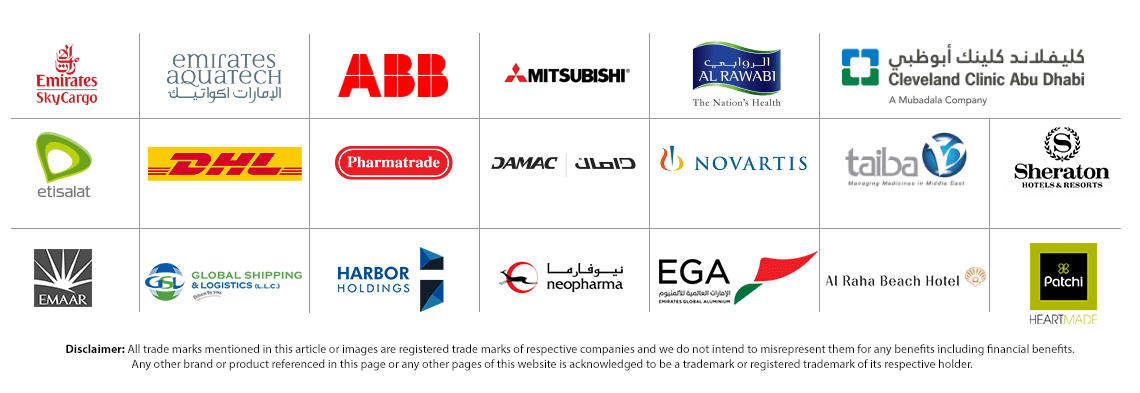Pneumatic systems are utilized broadly in industrial automation and are typically powered by compacted air. Pneumatic systems use actuators, for example, chambers that are commonly controlled through manual, air-pilot, or solenoid valves, and are planned in when they can give a lower cost, increasingly adaptable, or more secure option in contrast to electric actuators. Evaluating Pneumatic Systems – How Machines That Use Compressed Air Can Outperform Hydraulic Equipment
The Benefits of Pneumatic Equipment
Pneumatic devices generally utilize pressurized air, and pneumatic components are commonly found in barostats, dental drills, numerous types of engines, pipe organs, air brakes, vacuum pumps and pressure sensors. In spite of their widespread use, pneumatic systems generally cause a much lower number of accidents than hydraulic devices every year. Moreover, the expenses that are associated with maintaining a pneumatic system are substantially lower than the costs of servicing hydraulic equipment.
Understanding a Pneumatic System
Equipment that uses compressed air commonly contains a regulator, several lines, multiple gauges, a sizable tank and a battery. A pneumatic system may also feature a double-acting cylinder, which is connected to an exhaust, a piston and two ports. As the piston shifts, the air in the cylinder becomes more pressurized and creates force that can move a pneumatic component or sizable objects.
A Pneumatic System Versus Hydraulic Equipment
Devices that feature hydraulic parts are generally more expensive than systems with pressurized air, yet a company that uses pneumatic equipment will typically be required to purchase tanks with compressed air. A pneumatic component usually operates more quietly than hydraulic parts, and a system with pressurized air commonly requires less repairs than devices that utilize hydraulic fluid.
Preventing Corrosion
Various analyses have shown that hydraulic parts are much more likely to become corroded than a pneumatic system, so many manufacturers now add hydrogen sulfide and benzotriazole to hydraulic fluid. In spite of their benefits, these compounds can damage other components and affect the health of a device’s users.
Additional Parts
Hydraulic systems are commonly equipped with many auxiliary components, such as several pumps, valves, components that hold fluid and heat exchangers. These extra parts cause hydraulic systems to use additional space, and the devices require more routine maintenance than a pneumatic component.
The Performance of the Vital Parts
An actuator is a motor that can transform energy into motion, and this pneumatic component is equipped with bores that have a size of 1 inch to 14 inches. The motors can typically produce between 30 pounds and 38,465 pounds of pressure and are able to consistently perform exact movements that are linear.
Utilizing a Pneumatic Component in Adverse Conditions
Machines that feature pressurized air are able to operate in environments with temperatures of minus 40 degrees Fahrenheit. Consequently, pneumatic parts are regularly used by scientists in Antarctica and in Canada’s northern regions. Furthermore, a recent study indicated that most pneumatic devices can also handle a temperature of 250 degrees Fahrenheit.

